Charcoal is a famously prized substance when it comes to food and drink. Grilling aficionados swear by it, and its purifying properties make it the main ingredient in Brita filters (and its alternatives).
Powdered charcoal is also a cooking ingredient. Yes, that's right: it can actually go in your food—and the results are delightful. Some even say that because of charcoal's ability to absorb organic toxins, it might even make your food better for you (although that's up for debate). However, what is undeniable is that many ERs keep it on hand to deal with poisoning cases.
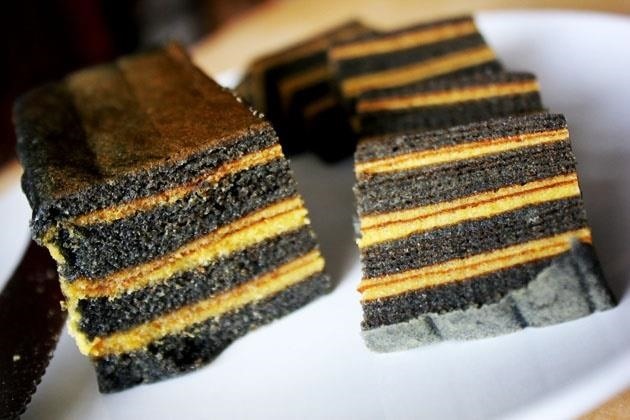
What Is Activated Charcoal?
It's a type of charcoal that's been treated by high levels of heat so that its surface expands and becomes incredibly porous on a microscopic level. These tiny pores are what allow charcoal to be so adsorbent (i.e., able to collect and draw materials to its surface).
Most activated charcoal is made from wood. Very high quality charcoal, like binchotan, from Japan, is made from oak. Activated charcoal powder made from bamboo is a popular cooking ingredient in many Asian countries.
Cookin' with Bamboo Charcoal
Bamboo charcoal is a fun ingredient in many bread, cake, and cookie recipes throughout Asia. It lends a beautiful, distinctive look to baked goods.

Always Order Dessert says that adding bamboo powder to her challah made it stay fresh for days longer than usual. Check out this beautiful loaf.

Umami Mart made these to-die-for charcoal macarons:

And this black-and-white sandwich bread:

There's also this delightful Tim Burton-y charcoal cake from Kitchen Tigress:
However, bamboo charcoal powder is not widely available. Some Asian grocers will carry it, and you can find it on Alibaba (although usually in huge amounts and it's not always clear if it's food grade).
If You Can't Find Bamboo, Activated Will Do
If you want to make some charcoal recipes, regular ol' wood activated charcoal is a grand substitute for bamboo, and plenty of that is available. You can get four ounces if you want to dabble with the stuff. One pound is available, too—for when you want to get serious.
FYI, Western countries have a history of cooking with charcoal powder, too. The Brits have their beloved charcoal biscuits, which they serve with cheese. The French also love activated charcoal (which they call charbon végétal activé) for its ability to fight bloating and gas. And if you really want to be trendy, you can order these fresh-pressed juices + activated charcoal to satisfy your inner goth.


Get More Weird Ingredient Wednesday
Want to learn more about foods that will surprise, confound, and intrigue you? Then check out Weird Ingredient Wednesday to learn about such curiosities as the stinky-yet-delicious durian, special salts that give any cheese the texture of Velveeta, and Marmite, aka, the "umami bomb."
Just updated your iPhone to iOS 18? You'll find a ton of hot new features for some of your most-used Apple apps. Dive in and see for yourself:
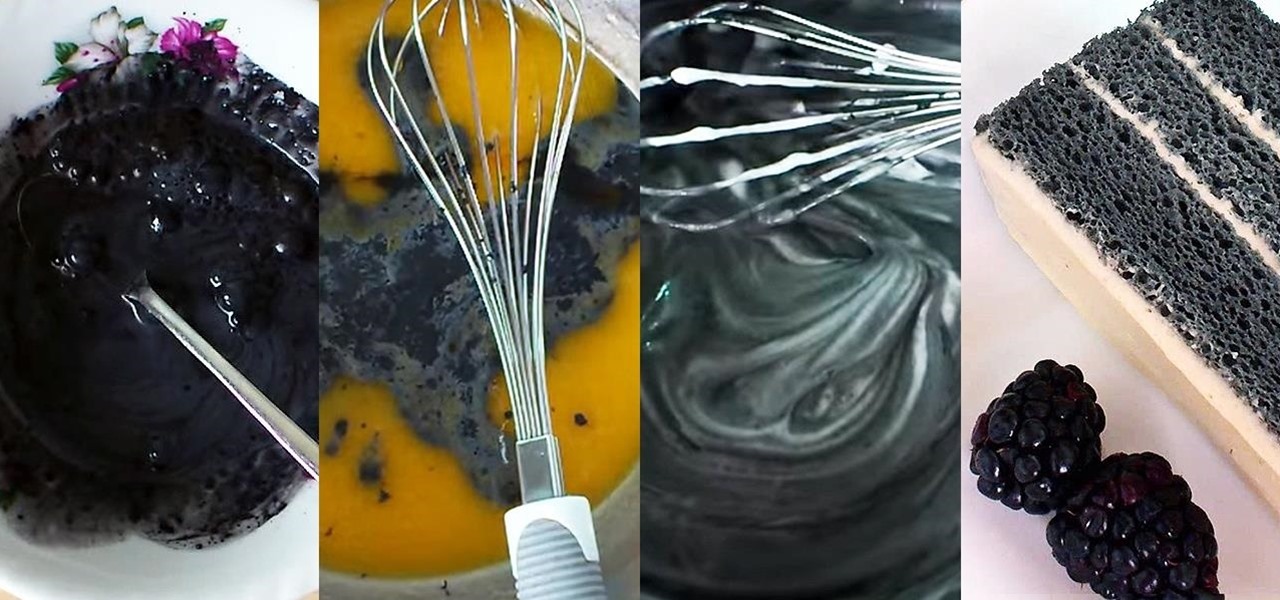


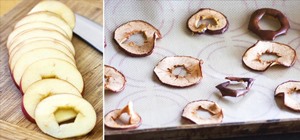

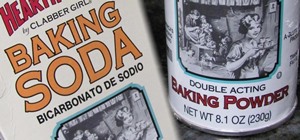
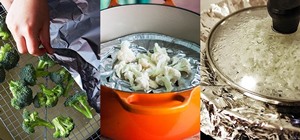
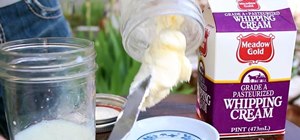

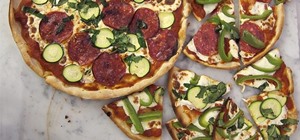
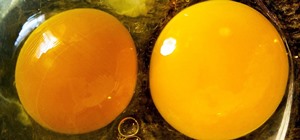
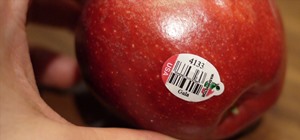
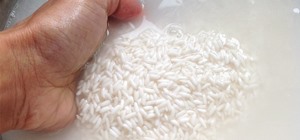
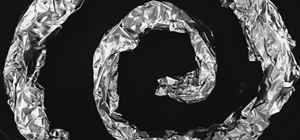
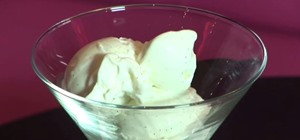
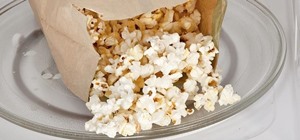
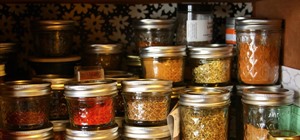
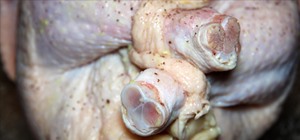

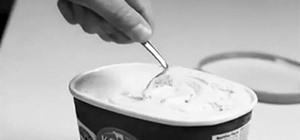
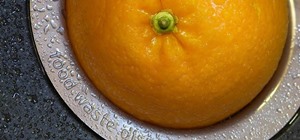
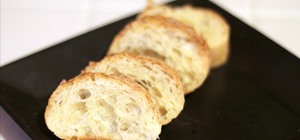
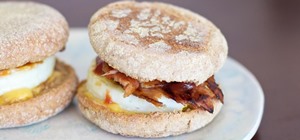
2 Comments
Cooking with charcoal is awesome. Pasta, ciabatta, and cake are my favorites so far.
For those who have cooked with food grade activated charcoal, do you find it to be gritty at all? Was thinking of using it in a dry rub seasoning mix but thought it might have a gritty consistency.
Share Your Thoughts